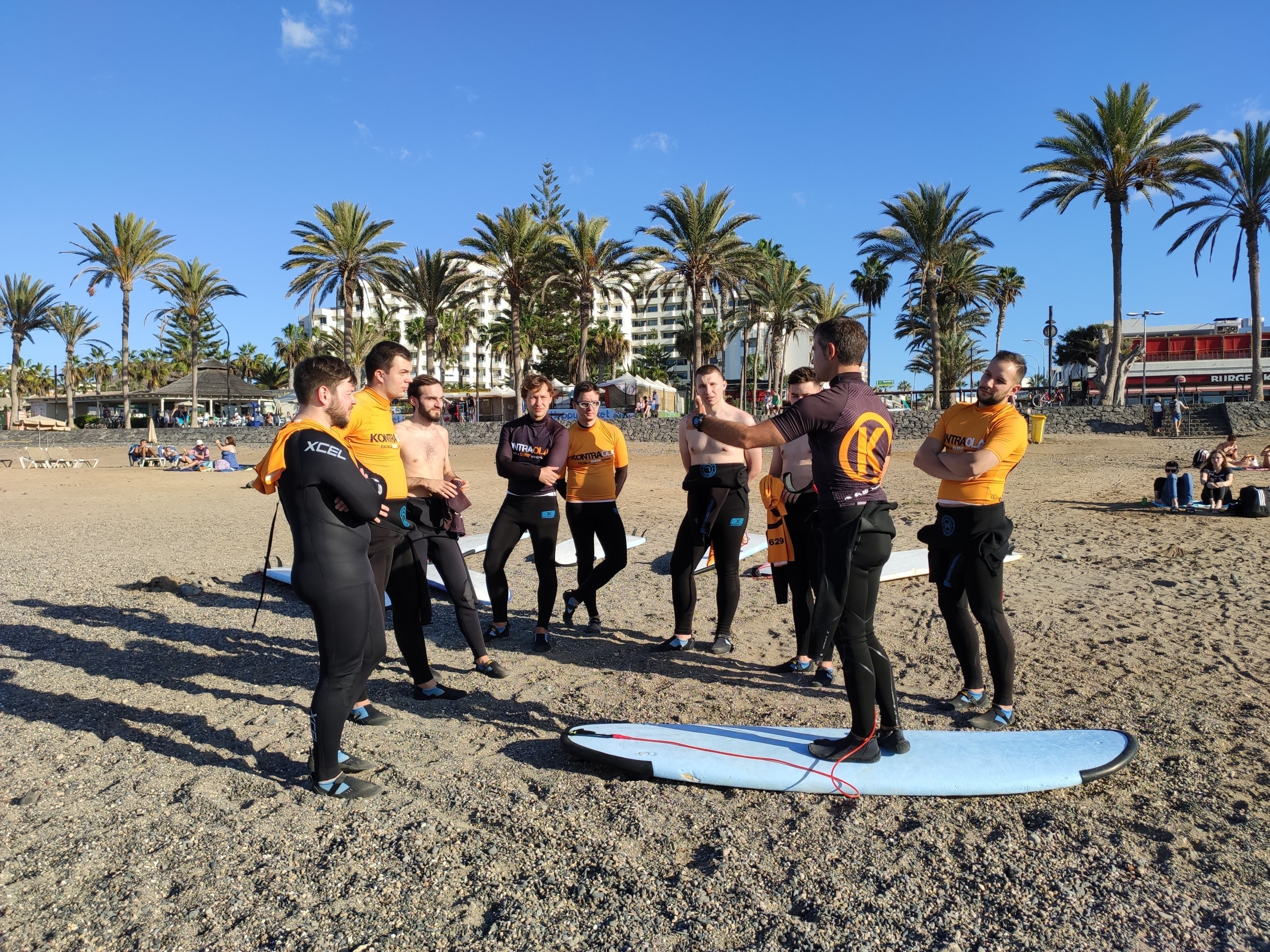Whether you want to identify the hidden talents of your existing workforce or guide the team towards increased levels of productivity, there are many benefits to arranging a team retreat or offsite. But if this is the first time you’ve handled the arrangements for this kind of event, you might be feeling confused about where to start or overwhelmed by everything you need to do.
That’s where we come in – read on to find out all the things you will need to take into consideration when you’re organising a company retreat or offsite for your business.

1. Goals and objectives
The first thing to think about is why you are planning a company retreat in the first place. Write down your reason(s) and keep them to hand – that way, you can make sure they are at the forefront of your mind throughout the planning process.
Once you’ve identified your overall goal, try breaking this down into smaller, more manageable objectives. So if you’re hoping to increase productivity across the company, think about all the little steps you will need to take to achieve this. It could be anything from asking each team to evaluate their current working processes to a schedule of team-building activities to improve communication.
2. Save the date
As with any major function, finding a date that’s suitable for everyone might prove to be difficult. When narrowing down your date options, think about what time of year would be best suited to your employees. For example, if you have lots of staff with school-age children, they probably won’t appreciate being asked to attend a work retreat that’s right in the middle of the school summer holidays. Equally, you’ll also need to consider the needs of the business and your client base. After all, if many of your staff are in client-facing roles, you won’t want to take everyone away during the business time in the company calendar.
If you want to encourage employee buy-in, why not send out an email to all staff offering three possible date options? Make sure you let everyone know how many days the retreat will run for – typically, this will be between 2 and 7 days, although this will depend on many different factors. Ask the team to let you know which dates they can’t make, then choose the date that most staff have confirmed they will be available for.
Whether you have 10 employees or 1,000, it’s best to set the date as far in advance as possible – this will ensure staff have plenty of time to make arrangements to enable them to attend. As a rule of thumb, for smaller teams (under 50 employees), it’s best to give around three months’ notice. For larger teams (100 staff or more), we’d suggest giving a minimum of six months’ notice, possibly even a year depending on the duration and location of the retreat.

3. Choose a location
As soon as you’ve locked in the dates, you’ll need to start thinking about where you want to go for your company retreat. Consider your budget, making allowances for accommodation, travel, food and drinks, activities, speakers and insurance.
Don’t forget to think about what time of year you’re going to be travelling – would the team prefer somewhere with a warm or cool climate? Are you looking for a destination that is remote or urban? Do you want to be close to your usual place of work (or as far away as possible?!)
NextRetreat can offer a range of destinations for your next team retreat, from tropical Gran Canaria to mountains of High Tatras. There are many different accommodation options to choose from, including houses, villas, country homes and apartments. All accommodation types offer everything you will need to have a comfortable and productive stay. Before making a final decision on your destination, consider how long it will take to travel there and whether this is feasible in terms of the overall duration of your company retreat. No one will want to spend an entire day travelling for a two-day work retreat!
4. Plan your itinerary
After you’ve planned all of the nitty-gritty details, it’s time to revisit your aims and objectives for the company retreat. Are you expecting staff to spend the time working on a specific project? Is the retreat being used as an opportunity for remote staff to meet in person and get to know each other better? Or are you hoping your team will use the time to come up with some innovative ideas for your five-year plan?
Whatever ideas you might already have, be sure to communicate these with the team. Ask them to spend a little time thinking about their own goals and objectives for the retreat too. If possible, arrange a pre-retreat gathering to talk through everyone’s ideas and allow your team to help shape the itinerary.
OK, so you’re planning a work retreat – but that doesn’t mean it has to be all work and no play. In fact, that’s the exact opposite of what a work retreat should be. When creating the itinerary, make sure you include some dedicated ‘free time’ for staff to just hang out, see the local sights or get to know each other a bit better. Oh, and if you’re the boss, that includes you too!

5. Delegating responsibilities
Organising and catering for a significant number of people can be stressful, so why not use the strengths of the people working in your team to your advantage? If you want to lighten the load, you could choose to delegate travel planning, itinerary creation or workshop design to other members of your team.
Consider allocating the role of ‘extra-curricular activities planner’ to one of your staff. It will be their responsibility to find out all about the local area, including places to eat and fun things to do. Many of the NextRetreat team retreat destinations offer activities such as yoga, wine-tasting or mountain hiking, so there’s bound to be something that will appeal to your employees.
6. Gather feedback
Once everything is planned, all that’s left to do is sit back, relax and look forward to your company retreat.
When you arrive back, make arrangements to gather feedback from the team to find out what went well and what could be improved for next time. This will help you to shape your plans for any company retreats you arrange in the future.
Do you have questions or need any help with organising your next team offsite or company retreat? Our professional team of retreat specialists will be happy to help make your next team meetup unforgettable!




